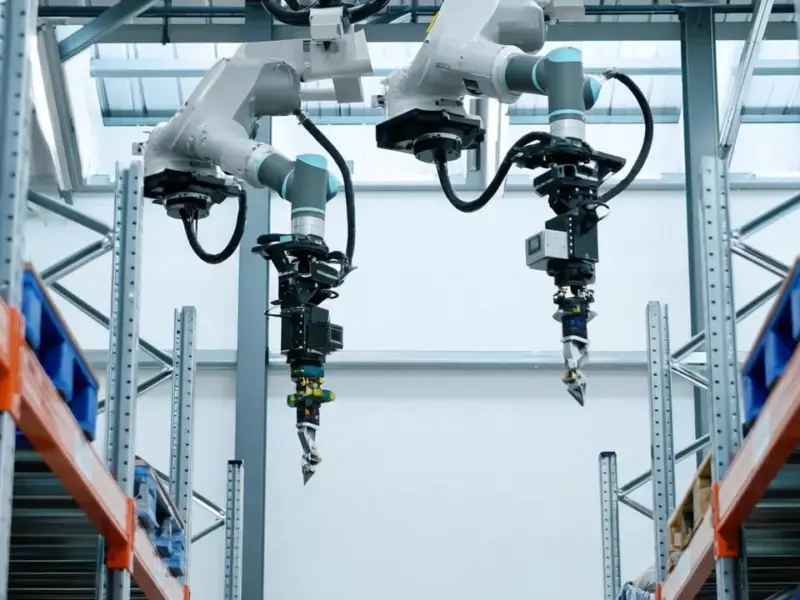According to Embedded Computing Design, the first day of embedded world North America 2025 saw the official launch of Microservice Store, a secure marketplace specifically for embedded and IoT software. Murat Cakmak, CEO of ZAYA, announced this new plug-and-play software model that lets designers publish independent microservices while enabling product vendors to securely integrate them into devices within weeks rather than years. The platform’s core is an integrated Security Manager that handles everything from provisioning to runtime isolation and automatically ensures compliance with major cybersecurity standards including UK PSTI, EU Cyber Resilience Act, and the US IoT Cybersecurity Labelling Framework. It even supports containerization for resource-constrained devices like Arm Cortex-M0, providing CHERI-like protection. The Microservice Store is now publicly accessible with free testing available for developers, vendors, and industry partners.
What This Means for Developers
Here’s the thing – embedded software development has traditionally been a walled garden. You’d either build everything yourself or get locked into specific vendor ecosystems. This changes that dynamic completely. Now a developer who creates a brilliant sensor fusion algorithm or communication protocol can actually monetize it independently. They’re not just coding for one company anymore – they’re potentially building for thousands of devices across different manufacturers. That’s a pretty radical shift in how embedded talent gets utilized and compensated.
The Enterprise Security Angle
But wait – doesn’t mixing software from different sources create security nightmares? Apparently that’s exactly what the Security Manager is designed to prevent. Each microservice runs in its own isolated container, so if one component gets compromised, it shouldn’t affect the others. The automatic compliance with those major cybersecurity regulations is actually huge. Basically, manufacturers can now integrate third-party software without taking on massive regulatory risk. That’s been one of the biggest barriers to software reuse in critical systems.
Broader Market Implications
Think about how the app store model transformed mobile phones. Could this do the same for embedded devices? We’re talking about everything from industrial controllers to medical devices to smart home products. If this takes off, we might see an explosion of specialized software components that previously wouldn’t have been economically viable to develop. The “weeks not years” claim is ambitious, but if they can deliver even close to that, it could seriously accelerate innovation cycles across multiple industries. The question is whether the ecosystem will actually adopt this model – will enough developers create compelling microservices, and will manufacturers trust them enough to integrate? Only time will tell, but the potential is definitely there.




